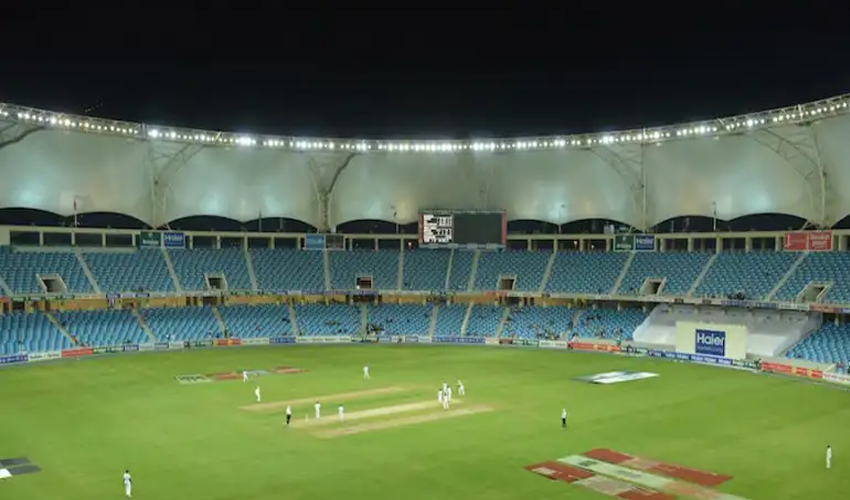In a recent turn of events at the Asia Cup 2023 held in Sri Lanka, continuous rainfall disrupted the cricket tournament, prompting many to question why cricket stadiums do not have roofs.
While cricket is a beloved sport globally, it is unique in that its stadiums typically lack the overhead protection seen in sports like football or tennis. Here are the key reasons why cricket grounds remain roofless:
Cost constraints
Building a roof over a cricket ground is an expensive endeavor. Existing stadiums would require substantial modifications to accommodate a roof structure, which comes with a hefty price tag.
Covering the vast expanse of a cricket field, along with the spectator stands, requires significant financial resources that many cricketing nations struggle to allocate.
Immense size
Cricket grounds are colossal, often dwarfing the size of sports fields used for other sports. For example, the Melbourne Cricket Ground in Australia stretches over 200 meters in length and 150 meters in width.
The sheer size of cricket grounds makes constructing a roof impractical and economically unviable.

Ball trajectory
Cricket balls can be hit at great heights, particularly when batsmen aim to score sixes.
A roof would obstruct the ball's path, potentially altering the outcome of the game and making it challenging for players to execute their shots freely.

Pitch conditions
Cricket pitches are highly sensitive to environmental conditions. The presence of a roof would alter the microclimate of the pitch, affecting factors such as the movement of the ball, its bounce, and the behavior of the pitch over the course of a match.
Such changes could disadvantage both bowlers and batsmen.

Respect for tradition
Cricket boasts a rich and storied tradition that spans centuries. Many purists argue that the essence of the game lies in playing it outdoors, connecting with the natural elements. Introducing roofs to cricket stadiums could potentially detract from the unique atmosphere that only outdoor cricket can offer.
While these reasons have thus far kept cricket stadiums roofless, there is an exception. Marvel Stadium in Melbourne, Australia, is the world's sole cricket ground with a fully retractable roof.
While primarily designed for Australian rules football, it has also hosted a limited number of cricket matches. Nevertheless, the case of Marvel Stadium remains an exception rather than a rule in the world of cricket.
In conclusion, the absence of roofs at cricket grounds is rooted in a combination of practical, financial, and traditional considerations. The recent disruptions at the Asia Cup 2023 serve as a reminder of the unpredictability of weather in cricket, but they also raise questions about the need for greater investment in stadium infrastructure to mitigate such challenges in the future. While change may be slow, it is not inconceivable that more cricket grounds could explore roofed options as the sport continues to evolve.



























